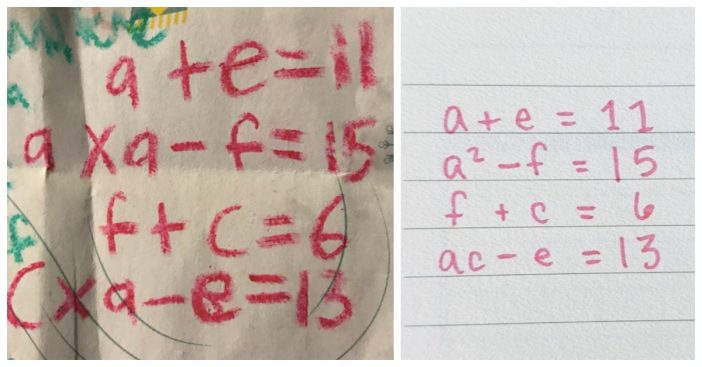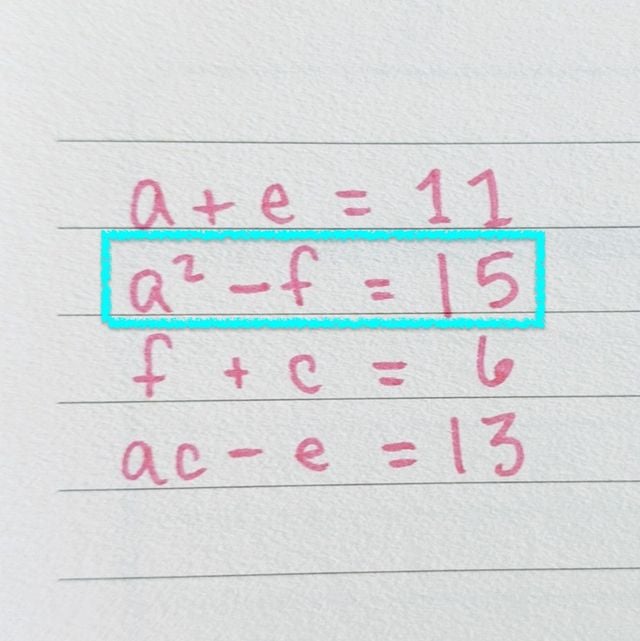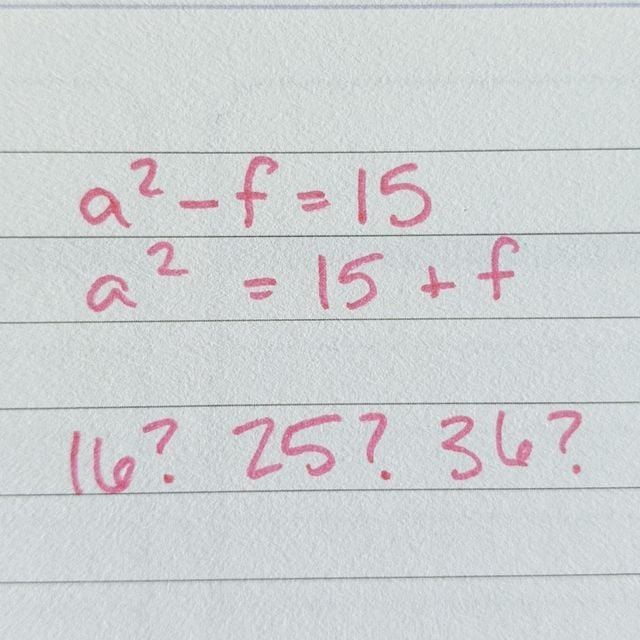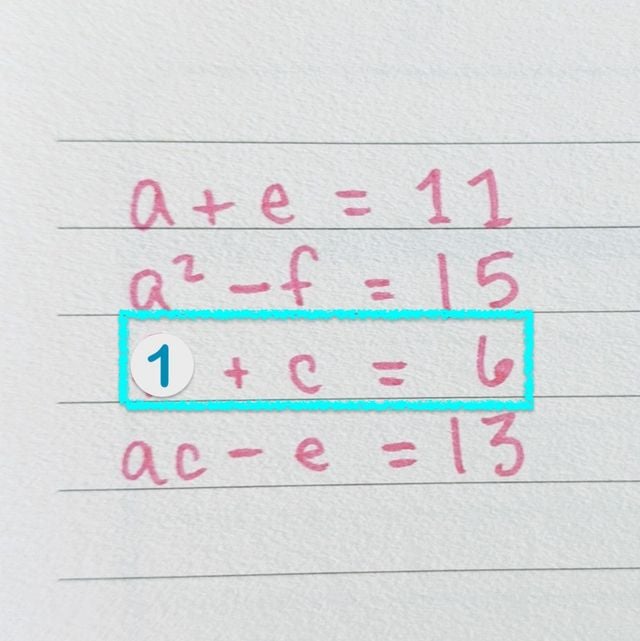
Here at DYR, we love a good math problem, and a lot of them can prove to be pretty tricky! Novelist Celeste Ng recently shared a math problem of a system of equations to her Twitter account. Her 9-year-old son apparently made it up over dinner and it’s got a lot of people scratching their heads.
“At dinner, 9yo made up a math problem and made his father and me solve it. Our attempt to do simultaneous equations got *really* complicated. We figured it out via guess and check, but I still think there has to be a more elegant way…” she writes.
Let’s break down this tricky math problem together
At dinner, 9yo made up a math problem and made his father and me solve it. Our attempt to do simultaneous equations got *really* complicated. We figured it out via guess and check, but I still think there has to be a more elegant way… 🤓👨👩👦 pic.twitter.com/MwHBnG9PBF
— Celeste Ng (@pronounced_ing) February 18, 2020
Thankfully, of Popular Mechanics has broken down all of it for us. Delbert reveals that the secret behind this equation is in the second line of the system. This would be a² – f = 15.
RELATED: Can You Solve This 8th Grade Math Problem That Is Stumping Everyone?

Delbert says that having a squared term like that is a ‘golden ticket.’ “I immediately thought “a is 4 and f is 1,” because this isn’t my first math rodeo and I suspect it’s not yours either,” she writes. “The geometry teacher gives you class examples of Pythagorean triples like 3, 4, 5 and 5, 12, 13—not the ugly decimal values you find in real life. When we start to substitute those two values back into the equation system, everything else falls into place.”

Delbert finally concludes her math with, “So f = 1, making c = 5. If a = 4, then e = 7. Our solution is {4, 5, 7, 1}.”
She explains why this problem, in particular, is so difficult to solve. Because these aren’t simple linear equations. By multiplying a × a and then a × c, things are bound to get pretty messy. Delbert explains, “A squared term indicates a quadratic equation—in this example it’s even the special case of the difference of two squares, where the middle term falls away during cross multiplication. And the ac – e one is more like bilinear, where two variables are multiplied together, which isn’t quadratic complicated, but is trickier to solve than a straightforward linear equation set.”

I have to be honest, I’m not a big math whiz and never have been, so this took my brain for a spin and back. Were you able to figure it out without looking at the work?
RELATED: Disputed math problem. How Many Triangles Are There?
